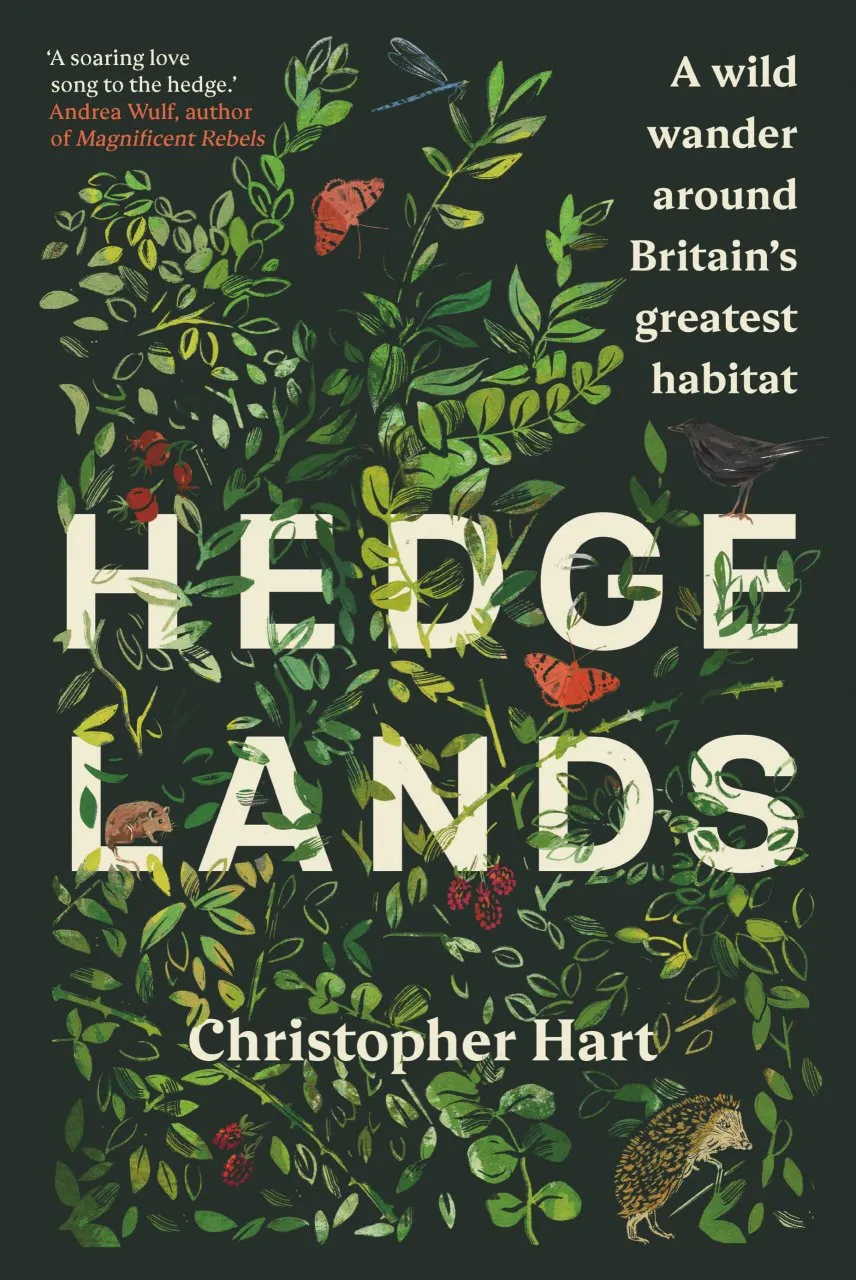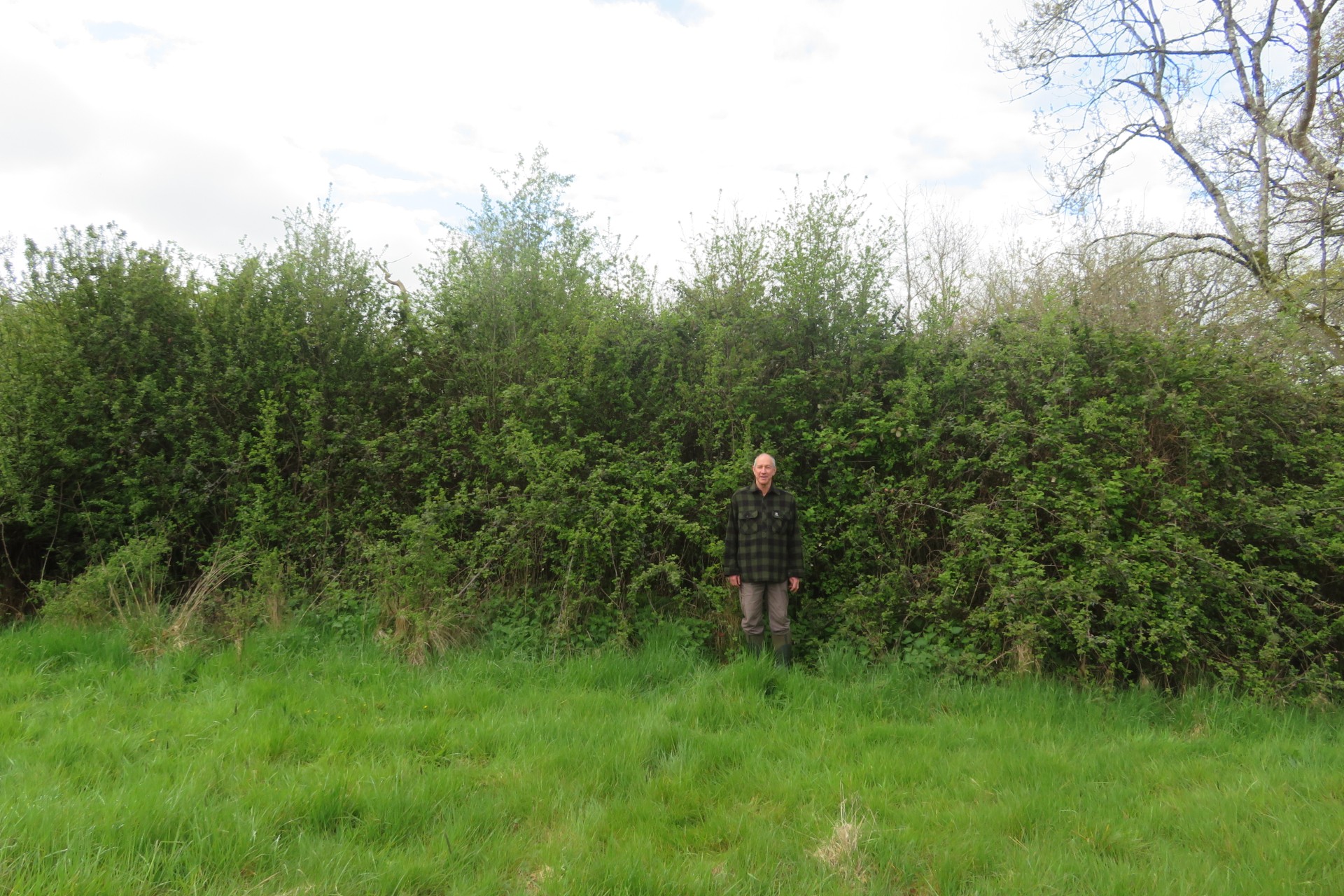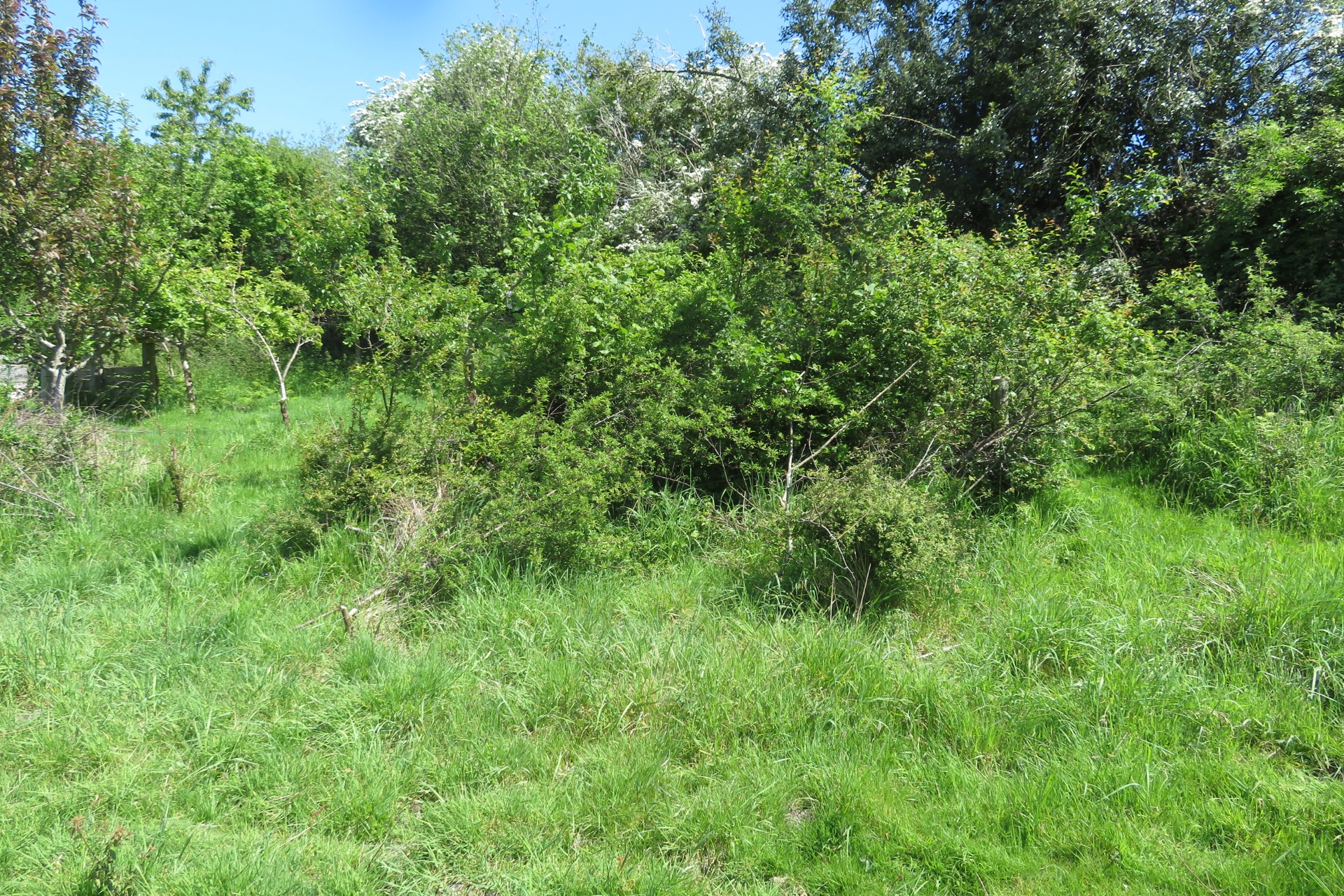 Hedges and hedgerows have long been an integral part of the British landscape and are now considered the greatest edge habitat on earth. Hedgelands shines a spotlight on the hawthorn and hazel of ancient hedges, thorny scrub and the creatures that call this habitat their home, telling you everything you could ever want to know about this wild, diverse and incredibly rich habitat – it may even change your perspective of the humble British hedgerow for good.
Hedges and hedgerows have long been an integral part of the British landscape and are now considered the greatest edge habitat on earth. Hedgelands shines a spotlight on the hawthorn and hazel of ancient hedges, thorny scrub and the creatures that call this habitat their home, telling you everything you could ever want to know about this wild, diverse and incredibly rich habitat – it may even change your perspective of the humble British hedgerow for good.

Christopher Hart has authored ten literary and historical books that have been praised by both The Times Library Supplement and Sunday Sport. He’s written numerous short stories, essays and reviews on a range of subjects, and has worked as a freelance journalist since the 1990s. Hart now lives on a seven-acre plot in Wiltshire which he is in the process of rewilding.
We recently had the opportunity to chat with Christopher about what inspired him to write a book about hedges, how he thinks we can change peoples perceptions of the humble hedgerow and more.
As a writer of primarily historical fiction, what inspired you to write a book celebrating British hedges?
Well, I’ve had quite a chequered career: as well as the historical fiction thing, I’ve been a Mr Whippy Ice Cream Van Driver, Theatre Critic of the Sunday Times, and Agony Uncle for Time Out magazine. None of which qualify me to write about hedges! But really the English countryside is a lifelong passion, and working on our own patch of seven acres, with intermittent grazing, plus trying to encourage maximum wildlife, has taught me directly how vital hedges and thickets are to the entire system. Then my friend Jonathan did this survey on one of his own restored and re-laid hedges, found vivid evidence of the huge benefits to invertebrates, and said to me, ‘Why don’t you write a book?’ So that’s how it started.

Hedgerows have demonstrable benefits to the environment, yet are often overlooked and under-appreciated by many. How can we change public perception of and attitudes towards the humble hedgerow?
I think real-life examples always work better than statistics. And maybe demonstrating to people directly how many birds, butterflies etc. flourish in our hedgerows could have a great effect, as could enlarging and protecting hedgerows on amenity land, where people actually go regularly, rather than farmland: allotments, for instance, churchyards, and even school grounds.
How does the historical, manual management of hedgerows compare to the mechanical methods used in some agricultural practices today? And how can we encourage a change to more conservation-centred management in these spaces?
Like every other farm job, the old manual method of hedge-laying with an axe and billhook is a great art and beautiful to watch – but also very slow and expensive! Unless it could be done by teams of roving volunteers, which is a promising idea. But even flailing can be made instantly more eco-friendly by simply doing it every two years instead of one. That could really help, and as I think Jake Fiennes suggests, would actually save the average farmer around £2,500 a year on diesel alone.

Can you share some examples of individuals, organisations or locations that are paving the way for best-practice hedgerow management?
I think all the big conservation charities, like the RSPB, are very aware of hedgerows’ importance now, but there are also some admirable specialists like Hedgelink. And the Devon Hedge Group are terrific, doing direct, hands-on work there. If you want to see a truly spectacular hedge though, don’t miss the massive bristling rampart of the ‘Nightingale Hedge’ at Knepp. It’s magnificent!
How can we get involved in bringing hedgerows to our local communities, and how may we incorporate a hedge into areas with limited space?
One reader of my book has already contacted me for advice on how the hedges in his daughter’s school grounds could be made more nature friendly, perhaps by re-laying or just allowing to thicken up – that’s a great example of what we can do quite independently of farmlands. Another suggestion I have is to ‘rewild’ a typical, slightly overmanaged garden hedge, that might be just mono-cultural beech or holly, and let climbers and creepers into it as well: relax about a bit of ivy, or even bramble, let a few nettles grow, or as we have done, allow some self-sown honeysuckle to trail over your privet hedge. Then go out on a warm summer evening and admire the moths that turn up. If the sight of an Elephant Hawk moth doesn’t convert you, I don’t know what will!

What’s next for you? Do you have plans for more nature writing?
I most certainly do. The only difficulty is choosing which one to pursue. In the last year I did some experimental ‘re-bogging’ of a small riverside field that was just too waterlogged to offer good grazing, or any other kind of useful food production. It took me all of half an hour with a spade, diverting a field-side drainage ditch. The result has been a quite spectacular explosion of dragonflies – and snipe in the winter. I’d love to write something about that. ‘Re-bogging Britain‘, or ‘The Joy of Re-bogging‘. What do you think?
Hedgelands is published by Chelsea Green and is available from our online bookstore.






